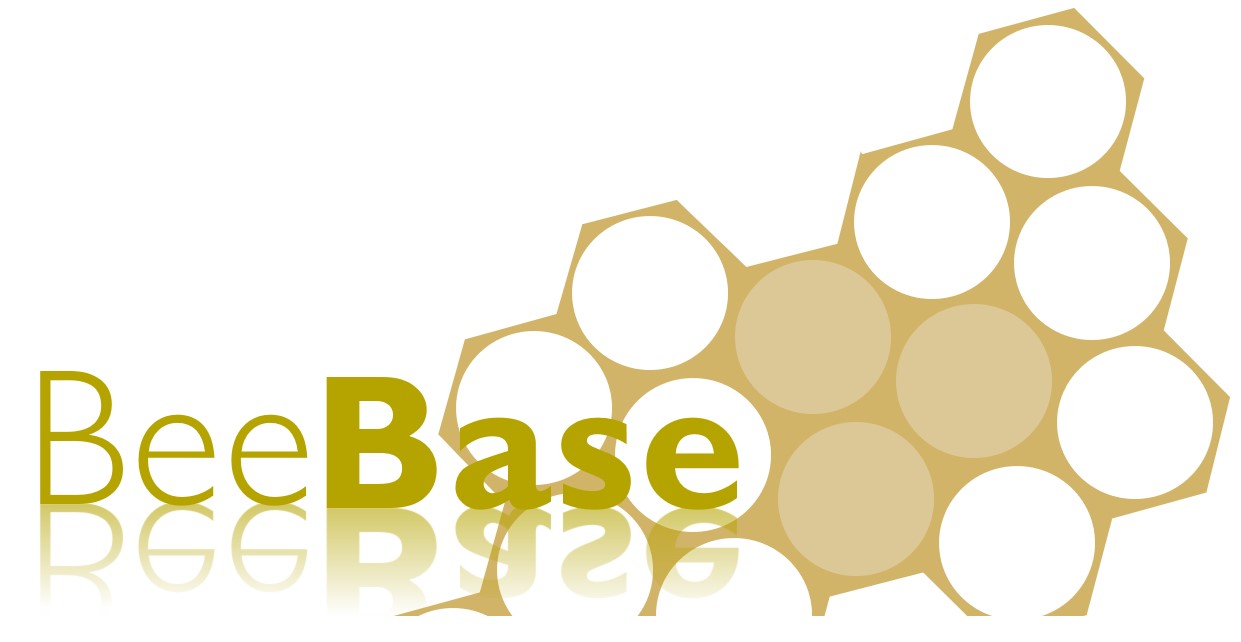The Wildlife Incident Investigation Scheme (WIIS)
The following information is for beekeepers who believe the sudden, unexpected death of a large number of honey bees may be due to pesticide poisoning.
What is WIIS?
The Wildlife Incident Investigation Scheme is a unique scheme for monitoring the effects of pesticides on wildlife, including beneficial invertebrates such as honey bees. Information gathered is fed into the approval process for pesticides and helps in the verification and improvement of pesticide risk assessments. It can also result in changes to label recommendations on pesticide products. It is not provided as a personal service to beekeepers wishing to seek evidence for the purpose of civil litigation but can lead to enforcement action being taken by the enforcer if the misuse or abuse of a product is identified as part of this process.
Further details of the scheme can be found in the DEFRA 'Incidents Involving Pesticides and Animals' leaflet.
It is important to note that the WIIS is not a diagnostic service but rather, there to investigate the cause of suspected incidences.
Who is involved in the WIIS?
The WIIS involves the collaborative work of four separate organisations. It is led by the Chemicals Regulation Division (CRD), formerly the Pesticides Safety Directorate. They are the 'Competent Authority' for the approval and regulation of pesticides and some other chemicals. Natural England (NE) manage the Scheme on the behalf of CRD and undertake site enquiries into pesticide exposure and, Fera Science Ltd (Fera) carry out pesticide analysis and, if appropriate, the Animal and Plant Health Agency (APHA) carry out post-mortems on wildlife. At Fera the Wildlife Incident Unit (WIU) will analyse samples for pesticides and give an interpretation of the result based on information from the agencies involved.
What should I do if I suspect that my bees have been poisoned?
Contact your local Bee Inspector or one of the Team at the NBU immediately. They can advise you on what to do. However, it would be a good idea at this point to collect a sample of the affected bees. A sample of at least 200 bees is required for the analysis. It may be advisable to collect a sample of bees for yourself, should you wish to have an independent analysis carried out. Information on how to send samples is provided in the section submitting samples to the NBU.
What will happen once I have reported the suspected Incident?
As soon as possible after you contact us, your local Bee Inspector will contact you and may arrange to visit your apiary. The Inspector will assess the situation and the condition of the bees. If they consider that there may be a reason to suspect that a poisoning has occurred, a sample of bees will be taken and submitted to the WIU in York (either to supplement any bees previously submitted or as a first sample). It is also a good idea to try and find out if there was any spraying in the area at that time.
How will the incident be reported under WIIS?
Once received at the WIU the sample will be booked in and the relevant body will be alerted of a potential incident. A Wildlife Adviser will liaise with the Bee Inspector and contact you for any further details on the incident before reviewing the available information. The adviser may arrange for a Bee Inspector to visit if they have not already done so. The wildlife adviser will decide whether there are sufficient grounds for the case to be taken forward and entered into the WIIS scheme as a suspect pesticide incident. The Wildlife Adviser will inform you of that decision and may also arrange a site visit to gather further information about possible sources of pesticide exposure.
How long will all this take?
All the agencies involved in the scheme make every effort to complete investigations as quickly as possible. However, these procedures inevitably take time, as often there is no field evidence to implicate a particular pesticide, which means it may be necessary to screen for a wide range of compounds. It is likely to take several months before there are any results. Once the sample has reached the WIU, it can take up to 12 weeks to complete their analysis, particularly if there is little or no evidence as to the original cause. Once the whole investigation has been completed and the case closed the beekeeper will be informed by Natural England.
How can bees be protected when spraying is to take place?
Any product that is harmful to bees will be labelled as 'harmful', 'dangerous', 'extremely dangerous' or 'high risk' and all users must take this information into account when undertaking their risk assessment before use. The Code of Practice for Using Plant Protection Products also tells the user that they should inform beekeepers 48 hours before applying pesticides at times of year when bees are at risk or if a particular pesticide specifically harms bees to allow the beekeeper time to take any necessary precautions. These could include shutting the colonies in for a day or moving them temporarily to another site.
Further Information:
- Guidance for Pest Controllers: HSE Guidance on Treating Feral Colonies.
- If you have a feral bee colony in your building and you have been advised that they need to be destroyed, please see the above and the following code of practice written by the National Pest Technician Association (NPTA): Guidance for Pest Controllers.
- For further guidance on using insecticides please see the Crop Protection Association's leaflet, Bee Safe Bee Careful.
- Further information about the risk posed by pesticides to honey bees and bumble bees can be found on Fera's Centre for Chemical Safety and Stewardship (CCSS) website
